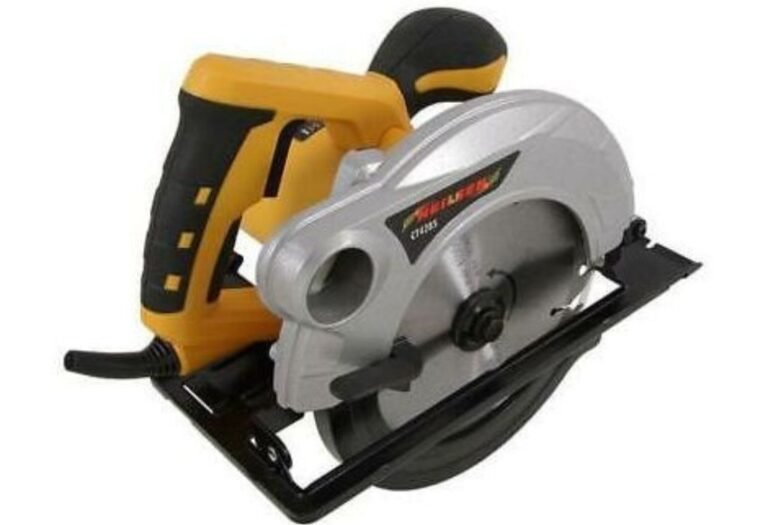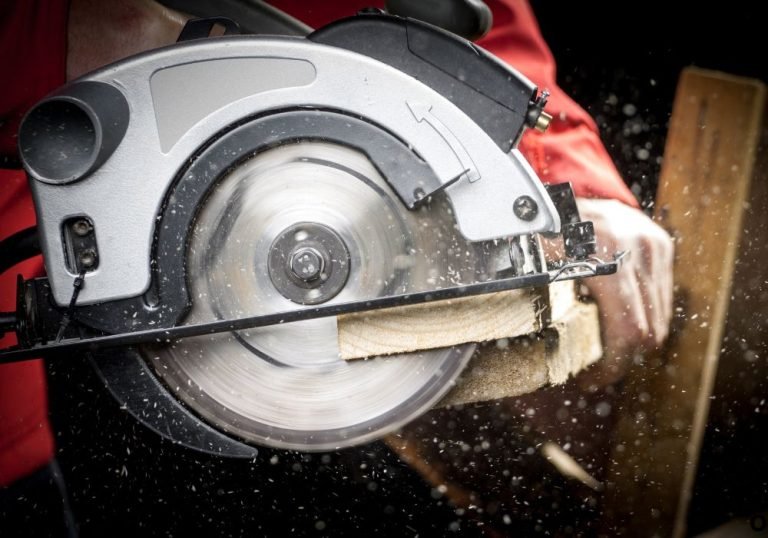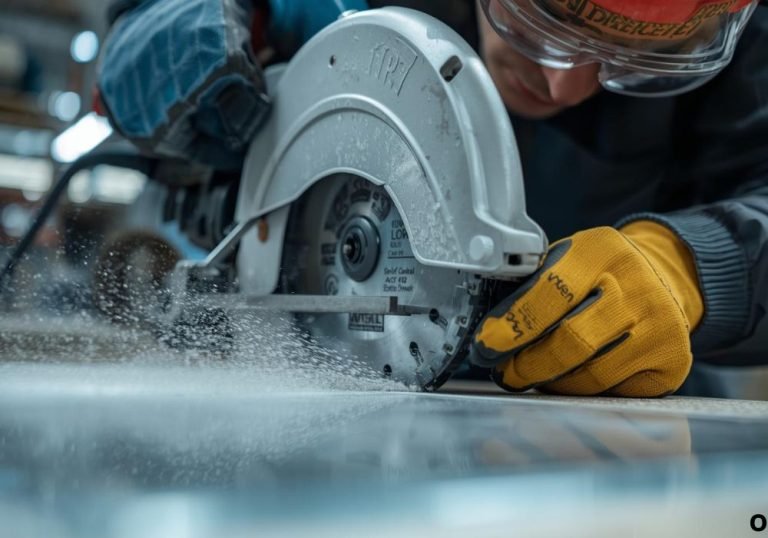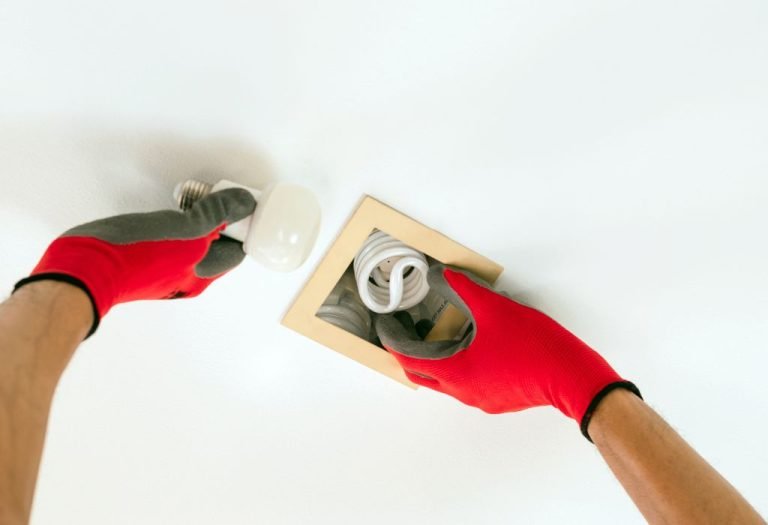How to Find Wall Studs Behind Sheetrock? Complete 2025 Guide
prioritize safety to protect both your walls and your home.A homeowner preparing to mount a television, install shelving, or hang a large mirror often realizes that guessing where the wall studs are hidden behind sheetrock can lead to costly mistakes.
Hitting only drywall with a screw or anchor usually results in sagging shelves, broken fasteners, or damage that leaves holes and cracks in the wall.
Wall studs provide the structural strength needed to safely secure heavy items, yet they remain hidden beneath layers of sheetrock.
The challenge for most DIYers is figuring out the most reliable methods to locate studs without tearing down the wall.
According to the National Association of Home Builders, more than 90% of U.S. homes use drywall or sheetrock for interior construction, making stud-finding skills essential for homeowners.
Knowing how to properly locate studs ensures safety, prevents wall damage, and helps avoid drilling into dangerous areas like electrical wiring or plumbing.
Stud finders make the process easier, but there are also several reliable manual methods for finding hidden studs.
This complete guide explains step-by-step how to locate wall studs behind sheetrock using tools, measurements, and safe drilling practices.
Why It’s Important to Find Studs Behind Sheetrock
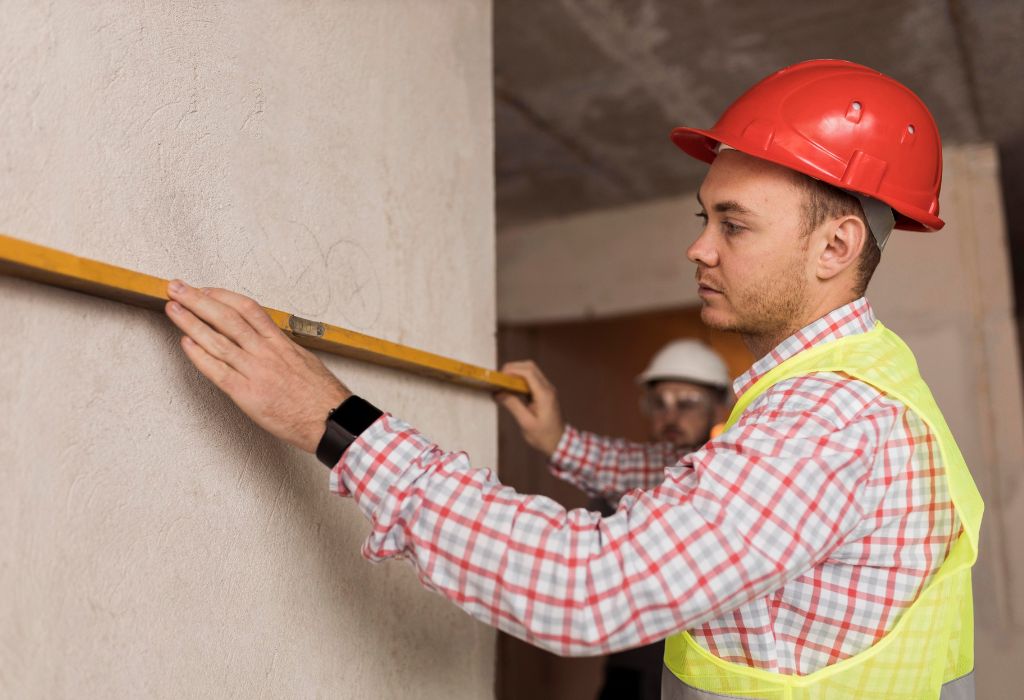
Wall studs act as the backbone of your walls, providing strength and stability to support mounted objects. Drywall alone cannot hold significant weight without risk of collapse.
Mounting directly into studs ensures shelves, TVs, and cabinets remain secure for years without shifting or falling. Studs distribute weight into the frame of the home.
Failing to locate studs can result in broken drywall anchors, damaged sheetrock, and potential injury from falling items. This is especially critical with heavy furniture or electronics.
Identifying studs is also a safety issue. Random drilling risks hitting electrical wiring or plumbing that often runs alongside or through studs.
Why do studs matter?
They provide support and strength for mounted items.
Can drywall hold weight alone?
No, it is too weak for heavy loads.
What happens if you miss a stud?
Anchors may fail, causing damage or injury.
Do all walls have studs?
Yes, most sheetrock walls are framed with studs.
Are studs used in every home?
Yes, they are standard in modern construction.
Method 1: Using a Stud Finder
A stud finder is the most accurate and convenient tool for locating studs behind sheetrock. Electronic stud finders detect density changes in the wall, revealing the position of studs.
Magnetic stud finders work by locating the nails or screws that fasten drywall to studs. They are simple, affordable, but less precise.
To use a stud finder, place it flat against the wall, press the button to calibrate, and slowly slide it across until it indicates a stud. Mark the location with a pencil.
For accuracy, repeat the process vertically to confirm the stud’s full length. Electronic models often include extra features like live wire detection.
Do stud finders work on sheetrock?
Yes, they are designed for drywall and sheetrock walls.
Which is better, magnetic or electronic?
Electronic models are more accurate and reliable.
Do I need to calibrate a stud finder?
Yes, calibration ensures accuracy.
Are stud finders accurate?
Yes, when used correctly on flat walls.
Can cheap stud finders work?
Yes, but they may lack advanced features.
Method 2: Locating Studs Without a Stud Finder
Even without a stud finder, several reliable techniques can help locate studs. The knocking method involves tapping the wall and listening for solid vs hollow sounds.
Measuring from a corner is another method, since studs are typically spaced 16 or 24 inches apart in modern construction. Using this spacing helps estimate where studs are located.
Electrical outlets and light switches are almost always mounted on studs. By removing the cover plate, you can see which side the stud is on.
Baseboards and crown molding often show nail holes that align with studs. These visual cues provide extra confirmation before drilling.
How do I find studs by knocking?
Listen for a solid sound compared to hollow spots.
What is standard stud spacing?
Most homes use 16 or 24 inches.
Do outlets help find studs?
Yes, they are attached to studs.
Can I use a tape measure?
Yes, to measure intervals from corners.
Are molding nails reliable indicators?
Yes, they usually align with studs.
Method 3: Confirming Stud Location Before Drilling
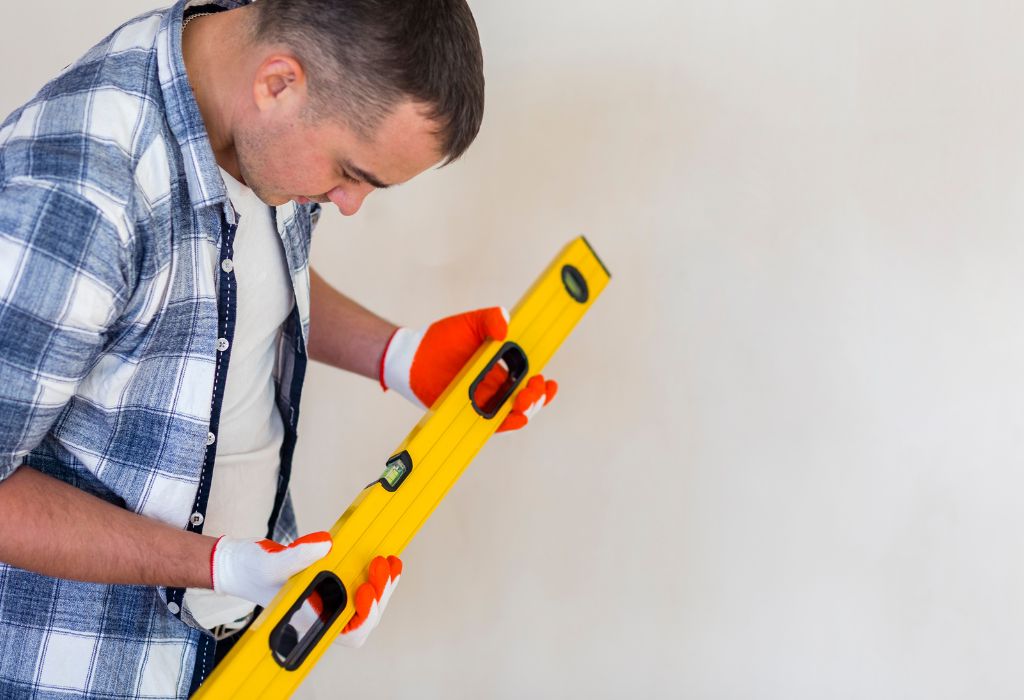
Even after identifying a stud, confirming its position before drilling is important. A small pilot hole can reveal whether the wall feels solid or hollow.
Inserting a thin nail or pin can help feel for resistance, confirming the presence of wood behind the sheetrock. This minimizes damage if the location is wrong.
Combining two or more stud-finding methods ensures accuracy. For example, measure spacing and double-check with a stud finder or outlet alignment.
Always be aware of potential electrical wires or plumbing pipes running vertically or horizontally within walls. Avoid drilling too close to outlets and switches.
Should I drill test holes?
Yes, use small pilot holes for confirmation.
How to confirm a stud location?
Combine measuring and tool methods.
Can wires run alongside studs?
Yes, electrical lines often do.
Do pipes affect drilling?
Yes, they may be hidden in walls.
What tool ensures safety?
A stud finder with wire detection.
Tools and Gadgets for Better Accuracy
Beyond basic stud finders, advanced wall scanners offer high accuracy. They detect not just studs but also wires, pipes, and other hidden objects.
Smartphone stud finder apps claim to use sensors and magnets to detect studs. While convenient, they are not always reliable compared to dedicated tools.
Infrared or thermal imaging cameras can reveal stud patterns by detecting temperature differences in walls. Contractors sometimes use these for precision.
Professional contractors often invest in multi-scanners for maximum accuracy. These tools are expensive but valuable for major projects.
Are wall scanners better than stud finders?
Yes, they provide more information.
Do phone apps really work?
Sometimes, but they are less accurate.
Can thermal cameras find studs?
Yes, by detecting wall temperature variations.
Do contractors use special tools?
Yes, they rely on advanced scanners.
Are pro tools worth the cost?
Yes, for frequent or professional use.
Common Mistakes When Searching for Studs
One of the biggest mistakes is relying solely on guesswork. Drilling without confirming a stud often results in wasted holes and damage.
Assuming studs are perfectly spaced is another error. In older homes, spacing can vary due to irregular construction.
Drilling too close to electrical outlets can be dangerous, as wires often run along studs in those areas. Awareness of these risks prevents accidents.
Some people also mistake hollow sounds or false readings as stud locations. Using multiple methods avoids this error.
What is the biggest mistake?
Drilling without confirming stud placement.
Are studs always 16 inches apart?
Not always, older homes vary.
Can I damage wires by mistake?
Yes, wires often run near studs.
What if I drill in the wrong place?
You risk damage and wasted effort.
Is drywall strong enough without studs?
No, it cannot support heavy loads.
Best Practices for Mounting Items on Studs
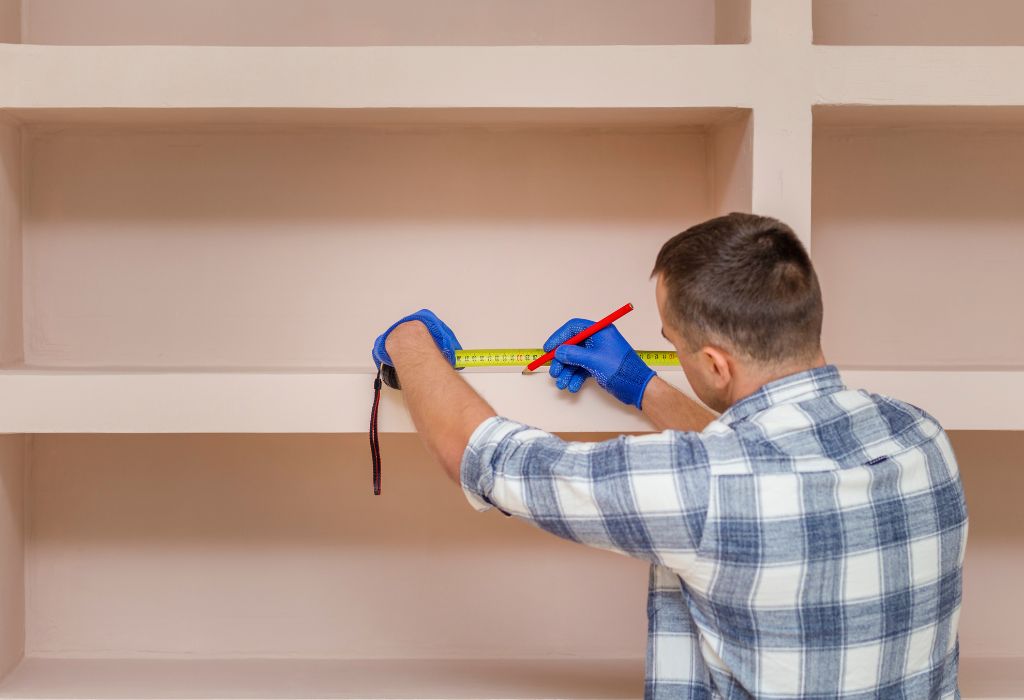
Use the correct screws or lag bolts when mounting into studs. Wood screws are typically strong enough for shelves and frames.
For very heavy items like TVs, distribute weight across two studs. This prevents stress on a single stud and increases stability.
Avoid drilling too close to electrical outlets or light switches. Keeping a safe distance prevents hitting hidden wires.
Always use a level when mounting shelves, brackets, or TVs. This ensures a professional finish and balanced weight distribution.
What screws should I use?
Wood screws or lag bolts for strength.
Can one stud hold a TV?
Yes, but two studs are safer.
Do I need anchors with studs?
No, anchors are only for drywall.
How far from outlets should I drill?
At least a few inches away.
What’s the safest way to mount shelves?
Into studs with proper screws and leveling.
Conclusion
Finding studs behind sheetrock is essential for mounting heavy items securely and safely. It prevents wall damage and accidents from weak drywall anchors.
Studs can be located using stud finders, measuring from corners, knocking methods, and confirming with pilot holes. Each method adds reliability.
Avoiding mistakes like drilling blindly or assuming perfect spacing is key to success. Combining multiple methods ensures accuracy.
Final advice: always confirm stud placement before drilling, use the right screws, and

I’m Michael R. Turner, the founder, lead writer, and passionate DIY enthusiast behind 101diytools.com. With years of hands-on experience in home improvement and power tools, I built this platform to share practical tips, in-depth guides, and honest reviews to help DIYers of all skill levels tackle projects with confidence and the right tools.

